Georgia’s Mason Mega Rail driving value for shippers
In times when high-volume speed to market and overall supply chain value are taking on ever-greater significance for shippers, Georgia’s Port of Savannah is moving toward completion of working tracks by next summer of the nation’s largest on-dock intermodal facility.
With its first tracks and rail-mounted gantries having entered service earlier this year, the Georgia Ports Authority’s 85-acre Mason Mega Rail facility already is providing e-commerce retailers and others with swift, efficient links throughout the burgeoning U.S. Southeast and far beyond.
In an exclusive Q&A, GPA’s executive director, Griff Lynch, enthusiastically shares with AJOT readers his vision for the $220 million Mason Mega Rail endeavor, which bodes to double the Port of Savannah’s rail capacity to 2 million 20-foot equivalent container units per year.
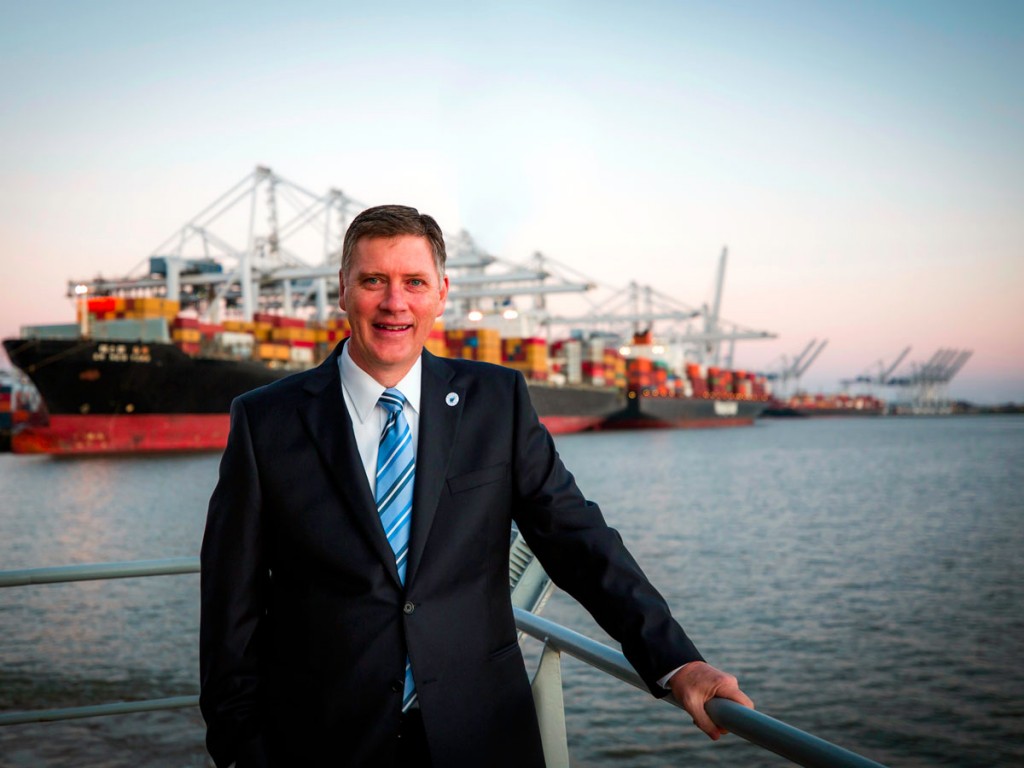
While it has been in the works for more than four years, how will Mason Mega Rail be a particularly valuable supply chain enhancement in a pandemic-impacted world?
GPA drives value into the supply chain in the current environment through its superior service for e-commerce retailers.
According to a Jones Lang LaSalle study, e-commerce’s share of retail was 12.8 percent in the fourth quarter of calendar 2019 and was projected to reach 30 percent by 2030. However, digital sales were already approaching 30 percent of retail by March and April of this year, largely driven by COVID-related changes in the marketplace.
Dr. Walter Kemmsies, a managing director at JLL, says the previous concept of “just-in-time” delivery is giving way to “just-in-case,” or stocking enough goods for potential spikes in demand. Kemmsies notes that “the days of thin inventory levels are over.”
These two aspects of e-commerce make it that much more important for a port to deliver speed to market and volume capacity.
At Garden City Terminal, containers move from vessel discharge to rail in less than 24 hours. The new space coming online with Mason Mega Rail will enhance that cargo fluidity.
Savannah’s location as the most westerly major port on the U.S. East Coast, centrally located within the Southeast, means GPA already delivers unmatched speed to market. With Mason Mega Rail coming into play, Georgia Ports is further strengthening its position.
Population centers traditionally have been the first choice for e-commerce warehouses. But high-population regions are also increasingly in demand, and that is where Savannah shines. The city is in the heart of the Southeast, with quick reach to Atlanta, Memphis, Jacksonville, Orlando and other markets.
As North America’s single largest container terminal, featuring daily rail departures on CSX and Norfolk Southern, Savannah’s Garden City Terminal can easily handle e-commerce demands.
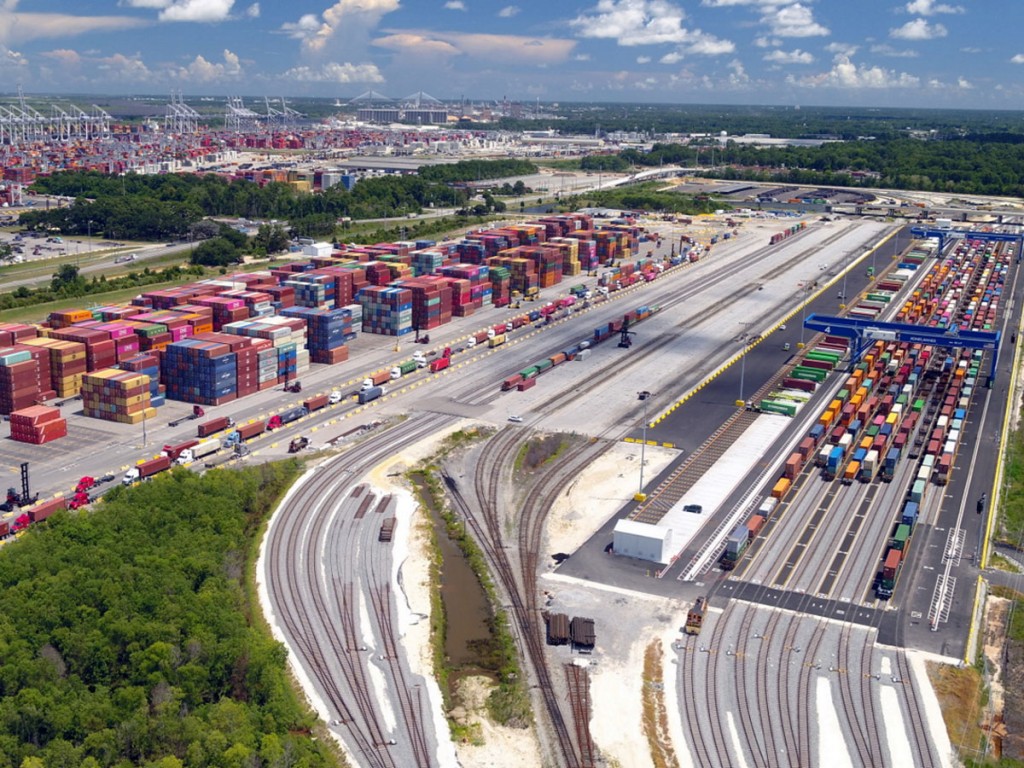
How will Mason Mega Rail extend the Port of Savannah’s direct rail reach farther inland?
The new rail infrastructure will enable Savannah’s two Class I rail providers – CSX and Norfolk Southern – to build and receive 10,000-foot-long trains less than 1,500 yards from our docks.
By loading whole trains for specific destinations, GPA will be able to deliver faster and more frequent rail service to markets along the Mid-American Arc from Memphis to Chicago and the Ohio River Valley.
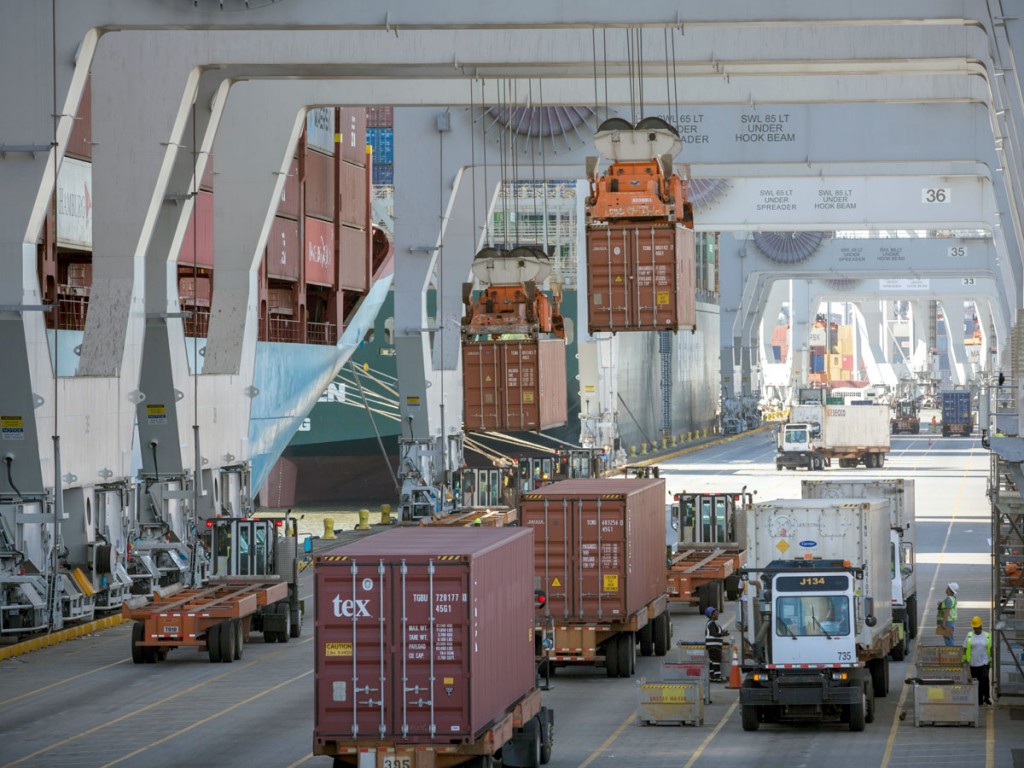
How does Mason Mega Rail compare with other on-dock intermodal facilities?
At approximately 85 acres, Mason Mega Rail will be the nation’s largest on-dock intermodal facility, increasing the number of working tracks at Garden City Terminal to 18 from eight.
The first bundle of new working tracks went into use this year. On July 1, GPA commissioned its first two rail-mounted gantry cranes to work the terminal. Spanning nine tracks, the machines speed the transition of containers between trains and trucks. The new RMGs are the first of 10 that will serve the rail yard.
When complete, the expansion will add 97,000 feet of new rail track at Garden City Terminal, for a total of nearly 180,000 feet, or 34 miles, of on-terminal track.
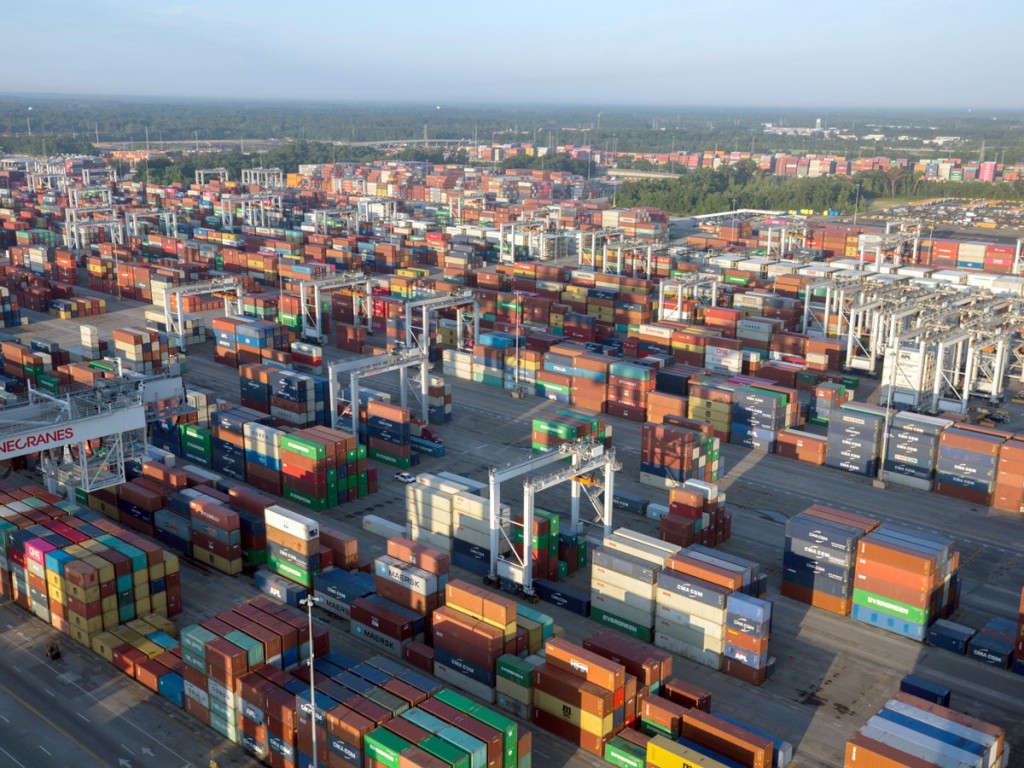
What impact will Mason Mega Rail have on the overall rail capacity of the Port of Savannah?
Savannah’s containerport already has the capacity to move 1 million 20-foot equivalent container units by rail annually. When complete, Mason Mega Rail will double GPA’s on-terminal rail capacity to 2 million TEUs per year.
How do you see Mason Mega Rail interfacing with the overall infrastructure program at the Port of Savannah in facilitating sustained solid cargo volumes and optimum value for customers?
The Mason Mega Rail project is part of a continuum of efforts to grow capacity across the terminal. GPA has increased its ship-to-shore crane fleet to 36, including some of the tallest cranes on the U.S. East Coast. GPA is renovating and expanding its container yard with the recent purchase of 145 acres adjacent to the Port of Savannah and, separately, bringing online another 6,000 TEUs of container stacking space.

GPA has also added truck gates and rubber-tired gantry cranes at Garden City Terminal.
Additionally, the Savannah Harbor Expansion Project is on track toward late 2021 completion, with the outer harbor finished and dredges now working to deepen the river channel. By better accommodating today’s larger, more efficient vessels, the $1 billion channel project will yield $7.30 in benefits for every $1 spent on construction.
Savannah’s role as a major hub port for vessels with capacities of 14,000 TEUs and more makes Mason Mega Rail even more vital. The expanded rail capacity and the increased cargo fluidity it provides complement our ability to serve these larger vessels as they deliver and take on ever-greater container exchanges.
Since the Panama Canal opened its new, wider locks in June 2016, container trade at the Port of Savannah has grown by 25 percent, to nearly 4.5 million TEUs per year. This is thanks in part to the larger containerships that are now bringing more cargo to the U.S. East Coast via the expanded canal.
The Port of Savannah provides optimal scheduling flexibility and market reach with 36 weekly containership calls, direct links to I-95 and I-16 and on-terminal rail. The Savannah market features a deep inventory of industrial sites and parks, while the state of Georgia offers a business-friendly tax structure and targeted workforce training.
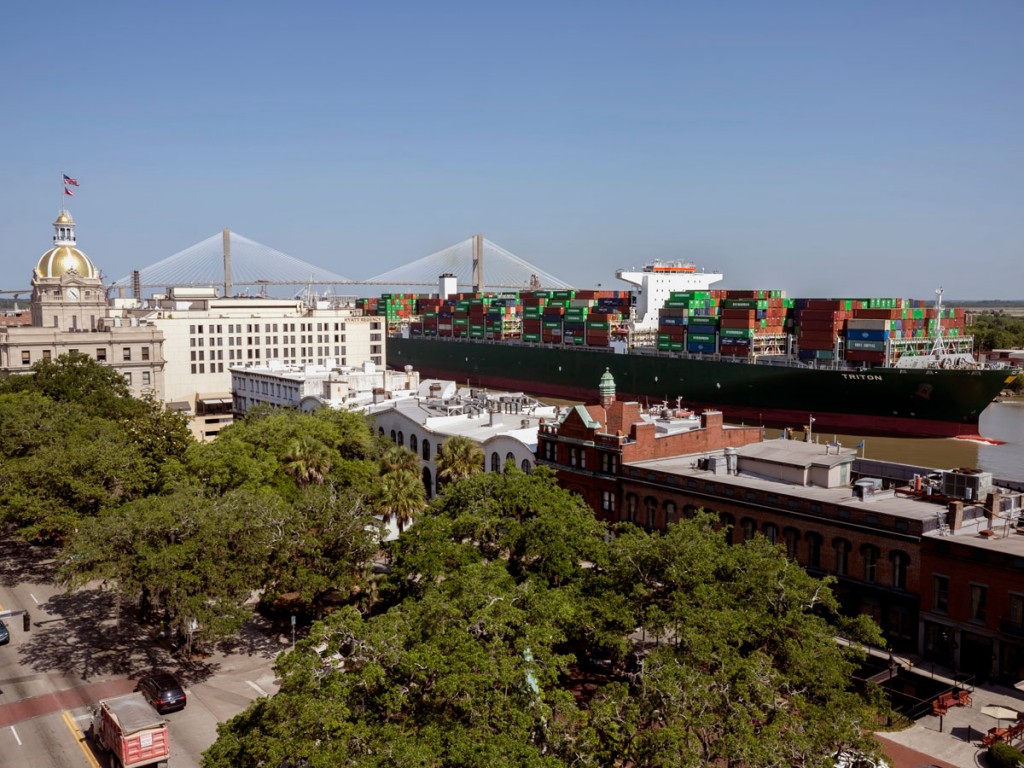
How have team commitment and perseverance kept GPA and its Port of Savannah resiliently strong in these challenging times?
During the pandemic, our operations have never ceased. And this includes continuing to safely work toward completion of Mason Mega Rail.
Through our partnerships with the ILA [International Longshoremen’s Association], stevedores, motor carriers, the shipping lines and our GPA employees, we made the adjustments necessary to keep workers safe while keeping commerce flowing. That reliability is a hallmark of GPA’s customer service, carrying on a tradition built over GPA’s 75-year history.
Our central focus is on the fundamentals of providing the flexibility and efficiency our customers have come to rely on from GPA as they get back on their feet from the global economic downturn.

